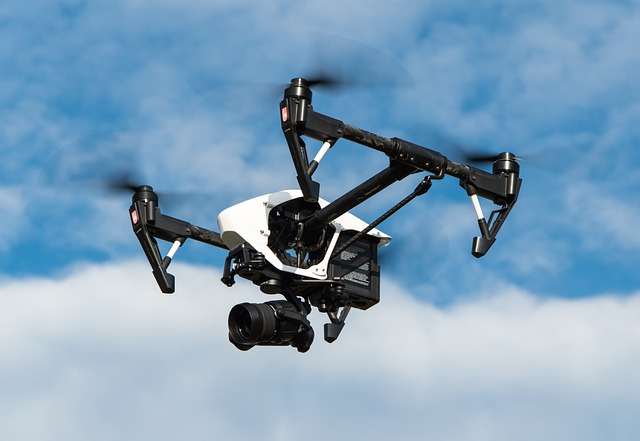Fires are ruthless and devastating, capable of turning lives upside down in the blink of an eye. From homes to businesses, no one is exempt from their destructive grasp. But fear not. In our ever-evolving world, technology has come to the rescue with a slew of groundbreaking advancements designed to combat these fiery foes head-on. Join us as we explore the top five cutting-edge technologies that will revolutionize fire prevention and protection, safeguarding what matters most: our loved ones, our possessions, and our peace of mind. Get ready to discover a new era of safety where flames bow down before innovation.
Smart Fire Detection Systems
Traditional smoke detectors have been a stalwart in fire prevention, but smart fire detection systems take this to a whole new level. Leveraging advanced sensors and connectivity, these systems offer real-time monitoring and instant alerts. Smart detectors can differentiate between types of smoke and provide early warnings even before visible flames appear. Some systems are integrated with smart home platforms, allowing remote monitoring and control via smartphones. Investing in a smart fire detection system is a proactive step toward swift response and containment. Fire watch security guard services are an essential component of fire prevention and response, but having a robust smart detection system in addition to a security team adds an extra layer of protection.
Artificial Intelligence (AI) for Early Fire Prediction
Harnessing the power of artificial intelligence, researchers and engineers are developing predictive models that can forecast the likelihood of fire outbreaks. AI algorithms analyze various factors, including weather conditions, vegetation health, and historical fire data, to identify high-risk areas. This early warning system aids authorities in allocating resources strategically, implementing preventive measures, and alerting communities in advance. AI-driven fire prediction is a high-tech solution that enhances preparedness and minimizes the impact of wildfires.

Drones for Surveillance and Monitoring
Drones equipped with thermal imaging cameras and other sensors are becoming invaluable tools in fire prevention and response. These aerial devices can swiftly survey vast areas, providing real-time data on potential fire risks. Drones help monitor remote locations, assess the progression of fires, and identify hotspots. Their agility and versatility make them instrumental in emergencies, enabling firefighting teams to make informed decisions and deploy resources effectively. Integrating drones into fire management strategies enhances situational awareness and response capabilities.
IoT-Enabled Fire Suppression Systems
The Internet of Things (IoT) has paved the way for interconnected devices, and this connectivity is now being applied to fire suppression systems. IoT-enabled systems integrate sensors, alarms, and firefighting equipment to create a responsive network. These systems can detect fires early, assess the severity, and automatically activate suppression measures, such as sprinklers or fire-retardant systems. The real-time data provided by IoT devices facilitates quick decision-making and reduces the potential for extensive damage.
Augmented Reality (AR) for Firefighter Training
Ensuring the preparedness of firefighting personnel is a critical aspect of fire risk reduction. Augmented Reality (AR) is being employed to enhance firefighter training programs. AR simulations create realistic scenarios, allowing trainees to practice firefighting techniques in immersive virtual environments. This technology improves situational awareness, decision-making, and response times. Firefighters can experience diverse scenarios, from residential fires to complex industrial incidents, preparing them for the challenges they may encounter in the field.
In conclusion, embracing high-tech solutions is instrumental in reducing fire risk and enhancing overall safety. Smart fire detection systems, AI-driven fire prediction, drones for surveillance, IoT-enabled fire suppression systems, and AR-enhanced firefighter training represent cutting-edge approaches that redefine fire prevention and response strategies. As technology continues to advance, integrating these innovations into comprehensive fire safety frameworks becomes imperative for communities, businesses, and emergency responders.…

